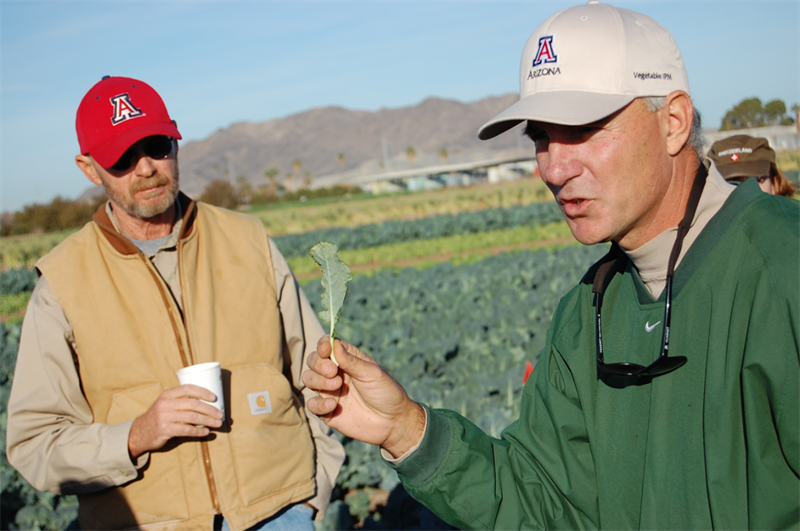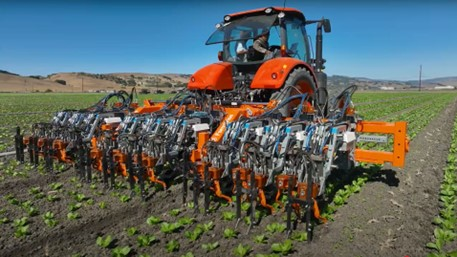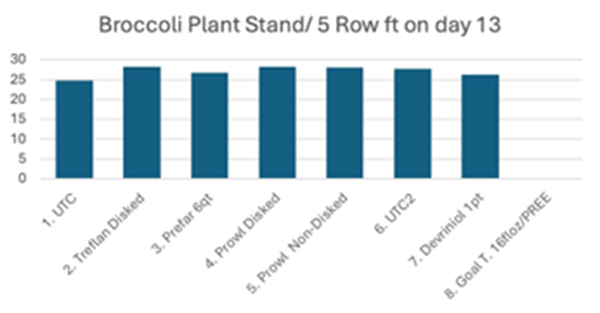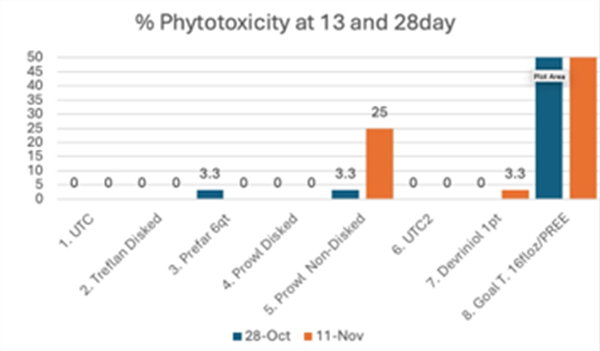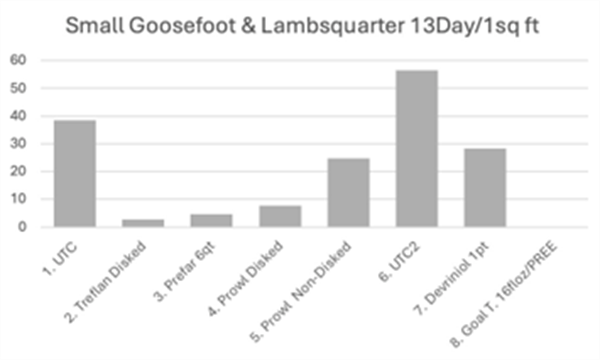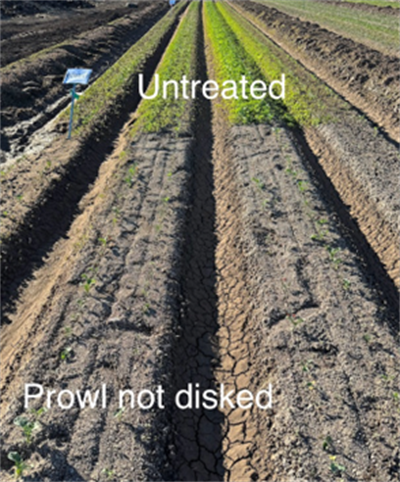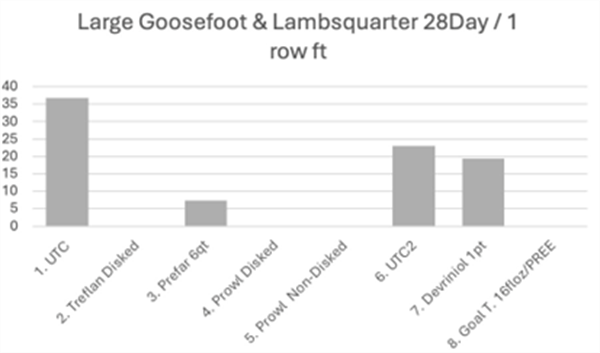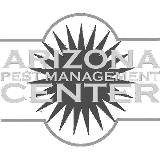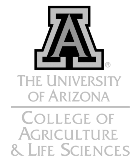May 14, 2025
A Tribute to Dr. John Palumbo
Early Sunday morning, 11 May 2025 Dr. John Palumbo passed away at his home in Yuma, AZ. John was an excellent scientist and educator, a lifelong student who truly enjoyed good work and a full life. John was also a very good friend and colleague, not only to me but to the many with whom he worked and lived. We mourn his passing and miss him deeply.
I first met John in 1990 when he joined the faculty at the University of Arizona (UA) as an Assistant Professor and Extension Specialist in Entomology and Integrated Pest Management (IPM) based at the Yuma Agricultural Center (YAC). He came very highly recommended by Drs. Theo Watson and Leon Moore, who were research and Extension entomologists and former mentors of John’s when he was an undergraduate and graduate student at the UA.
John did his Ph.D. work at Oklahoma State University (OSU) under the direction of Dr. Larry Crowder, who had been on the UA faculty in entomology prior to moving to OSU. I am originally from Oklahoma and went to graduate school at OSU in agronomy and soil science. I used to jokingly tell John that having spent some formative years in Oklahoma was probably his time of refinement and saving grace.
John was a perfect fit for the position at the UA and at YAC; he was highly intelligent with an excellent background. Most importantly, it was very clear that he was enthusiastic about his opportunity, and he really wanted to do the work necessary. He truly loved his work, and he did it very well with passion and commitment.
John had an outstanding work ethic, he was a man of good character, and his integrity was exceptional. John was a practical realist, and even though we could both see and comment on the imperfections in the world around us, he did not whine or complain about things that could have been better. He was always an optimist, and he did the best with what he had, appreciated his opportunities, and he consistently did a great job with it. He was a model as a professional and as a good person. He had confidence in himself, but he was humble, and he always treated people with respect and dignity. Very importantly, John had a great sense of humor, and I could always count on that with him.
In 2018 John was diagnosed with stage 4 lung cancer. That was not a good prognosis, but John faced it with dignity and grace. John had access to some new drugs that helped give him a good quality of life that he sustained for seven years. In the past seven years he has been productive, worked hard, and he has had fun doing so. He did not dwell on the negative but always emphasized the positive.
John was an avid reader and we both shared an interest in history, particularly American history, including the Civil War. Many of our conversations centered around these common interests and we shared many good reading references.
In my readings I have also enjoyed the writings of Ernest Hemingway. Hemingway emphasized the value and benefits of living a robust life and spending time outdoors in nature. Many of his characters demonstrated a strong way of living and strength in facing the end of their lives. In one of Hemingway’s books (Across the River and Into the Trees) he offered a recounting of the passing of General Thomas “Stonewall” Jackson on 10 May 1863 following his injuries at the Battle of Chancellorsville.
Dr. McGuire, the attending physician, confirmed to Jackson what his wife had conveyed earlier regarding McGuire’s projection of his impending death that day. Jackson’s response after thinking for a moment was that the day was Sunday and he felt that Sunday was a good day to die. After passing in and out of delirium, the last he said was “Let us cross the river and rest in the shade of the trees.”
John Palumbo passed away on a Sunday in May. He has crossed the river and is now resting in the shade of the trees.
